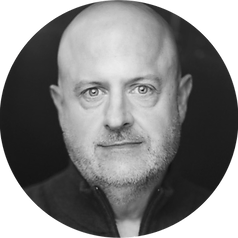Companies experience a productivity decline when they surpass 150 employees. We hear it consistently from our clients, regardless of industry, growth, or tenure. They tell us that they have to hire more people to get the same amount of work done, or spend more time and attention to get the same result. They have to do more and spend more, to get the same or less.
This is a deeply confusing moment for a leader, and they rarely handle it well. BSL narratives ensue, with stories like:
- My people aren’t dedicated anymore. When we were smaller, we really felt like we were on a mission.
- As we’ve gotten bigger, I think we’ve gotten lazier.
- We’re hiring people who just don’t care the way they used to.
These stories are almost always wrong, but they justify what leaders see happening and conveniently, make it not their fault. What’s actually happening is a systemic effect.
After all, a bunch of people didn’t collectively decide to be bad, stupid, or lazy. As organizations scale, it becomes much harder for people to understand what is important, how to find out, or even know how to ask if what they are doing is right.
Compounding this is that trust is earned over time, through experience, productive conversations, and building strong relationships.
Trust allows people to make sense of organizational change. As organizations grow quickly, the same level of trust simply doesn’t exist without the established relationships that provide the benefit of the doubt.
With all of these changes beneath the surface, leaders are doing what they’ve always done in the past, but now they are managing people from a greater distance. Senior leaders aren’t just managing individuals, and not just managing managers, but managing managers of managers. This is a massive cognitive change that is rarely acknowledged.
Moving from (1) the action orientation of doing work to (2) the imaginative, thoughtful orientation of the design of doing work is not only incredibly difficult, but it’s also tricky to recognize when this shift should happen. When leaders reach this point of scale, they will see the natural next step as doubling down and working harder. This is guaranteed to only make things worse. As your organization grows, it’s crucial to recognize and address the systemic challenges, rather than blaming employees or doubling down.
Stay tuned for the next Sensemaker, where you’ll learn about leading effectively through this inflection point rather than doubling down as your organization scales.




